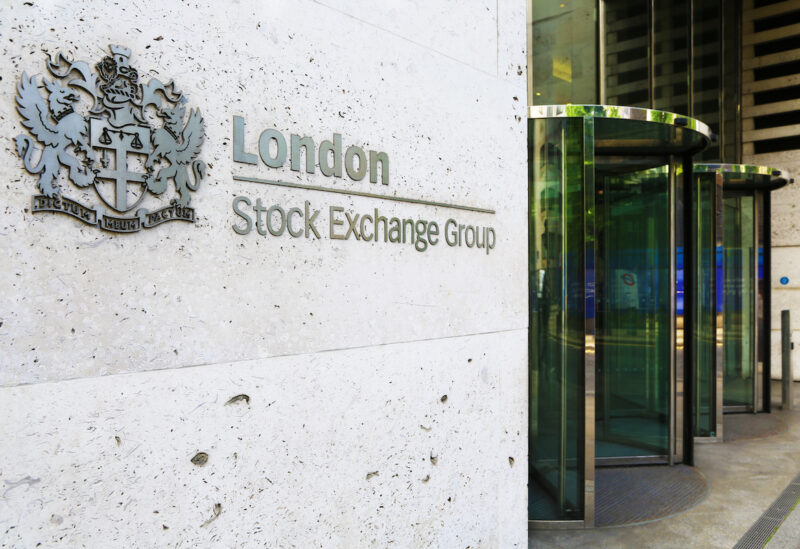
London Stock Exchange Group
Concerns about the Delta variation of COVID-19 countered good sentiment from increasing euro zone business activity and a solid U.S. jobs report on Monday, as world equities clung to record highs.
After statistics showed euro zone businesses boosted activity at the strongest rate in 15 years in June, the STOXX index of 600 prominent European companies rose 0.2 percent, reversing earlier losses.
British services firms also experienced a surge in activity in June, albeit at a much slower pace.
French shares were flat as Health Minister Olivier Veran warned France could be heading for a fourth wave of the pandemic due to the highly transmissible Delta variant.
COVID-19 angst also weighed on Japan shares – the Nikkei fell 0.6% to a two-week low following a surge in infections in Tokyo, just weeks before the city hosts the Olympics.
MSCI’s broadest index of Asia-Pacific shares outside Japan was flat.
China’s blue-chip stock index recovered from earlier losses to close 0.1% higher as pledges by Beijing to continue policy support for its tech sector helped counter worries about a crackdown on ride-hailing giant Didi Global and scrutiny of other platform companies in the country.
The MSCI All Country World index closed at a record 724.66 last week, and was 0.1% higher on Monday.
Trading was thinner than usual with U.S. markets closed for the extended 4th of July weekend.
“Markets in general are still trying to find their feet,” said James Athey, investment director, Aberdeen Standard Investments.
“Equities, of course, continue to shrug off or ignore anything that might be considered remotely negative as they continue their merry and complacent dance towards an inevitable reckoning.”
S&P 500 futures signaled a flat open for Tuesday, after the index closed 0.8% higher at a record on Friday. The Dow Jones Industrial Average rose 0.4% and the Nasdaq Composite added 0.8%. setting another record.
U.S. non-farm payrolls increased by a bigger-than-expected 850,000 jobs last month, data on Friday showed. But the unemployment rate unexpectedly ticked up to 5.9% from 5.8%, while the closely watched average hourly earnings, a gauge of wage inflation, rose 0.3% last month, lower than the consensus forecast for a 0.4% increase.
“The goldilocks print suggests there is no need to accelerate the tapering timeline or the implied rate hike profile,” Tapas Strickland, an analyst at National Australia Bank, wrote in a client note.
“Overall the level of payrolls is still 6.8 million below pre-pandemic February 2020 levels, and is still below the level of substantial progress needed by the Fed. As such there is nothing in this report for the Fed to become hawkish about.”
The minutes of the Federal Open Markets Committee meeting from last month will be closely scrutinized, as policymakers startled markets by announcing two rate hikes by the end of 2023.
Since then, Fed officials’ comments have been more balanced, particularly from Chair Jerome Powell, as investors await Wednesday’s statement for additional information on when policy tightening will begin.
Euro zone government bond yields rose a smidgeon, but analysts expect the recent downward trend to continue following the release of US payrolls statistics.
Germany’s 10-year Bund yield was up by one basis point at -0.222% .
The dollar flagged after dropping from a three-month high at the end of last week, pressured by the weaker details of the U.S. payrolls report.
It rose 0.2 percent versus the New Zealand dollar, which was trading at $0.7022, dipped 0.2 percent against the yen, trading at 110.82, and fell 0.1 percent against the euro, trading at $1.1876.
The price of gold rose 0.2 percent to $1,791.17 per ounce.
As the OPEC+ talks went on, crude oil prices rose. Saudi Arabia’s energy minister fought back on Sunday against the United Arab Emirates’ opposition to an OPEC+ pact, calling for “compromise and rationality” when the group reconvenes on Monday.
Brent crude rose 0.4 percent to $76.46 a barrel, while U.S. crude rose 0.4 percent to $75.49.